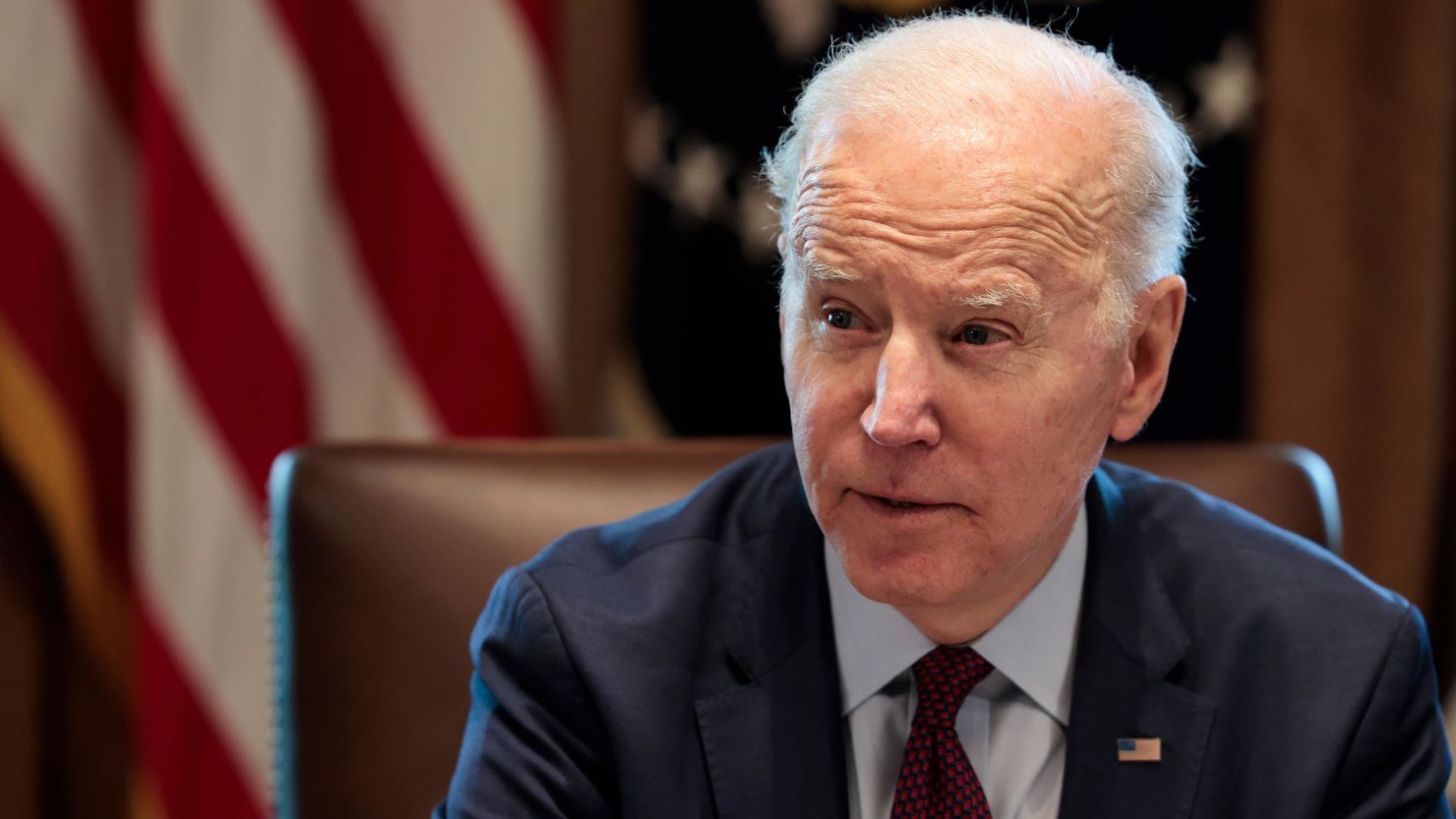The US has multiple channels open and is sharing intelligence with Ukraine at a “frenetic” pace, US officials said Thursday, disputing criticism that the Biden administration is not sharing battlefield intelligence fast enough.
Still, the US’ secure communications with Ukrainian officials are becoming increasingly difficult to maintain as the war rages on, the sources told CNN. Officials also acknowledged that the US is now more limited in its ability to collect real-time intelligence with no one on the ground, and the apparent lack of military drones flying overhead. The CIA has not acknowledged whether it is flying its own drones to surveil the conflict.
Republican Sens. Ben Sasse and Marco Rubio, the top GOP member of the Senate Intelligence Committee, have both said publicly in recent days that they are concerned intelligence isn’t getting to the Ukrainian military quickly enough. House Republicans began amplifying those concerns this week, ramping up criticism of the Biden administration for allegedly “withholding” intelligence from the Ukrainians. The Ukrainians, though, have not complained publicly about any lack of intelligence-sharing by the US.
One Senate source familiar with GOP concerns said that lawmakers were concerned both that the intelligence was being downgraded, or made less specific, and that it wasn’t being conveyed to the Ukrainians fast enough.
Sources familiar with the intelligence said it is indeed being downgraded, but primarily to scrub sensitive sources and methods – a particular concern given the logistical challenges with establishing fully secure lines with Ukrainian officials amid the Russian onslaught.
In most cases, two sources familiar with the sharing system said, the intelligence being shared involves information about Russian force movements and locations, as well as intercepted communications about their military plans. And it is typically being provided to Ukrainian officials as quickly as within 30 minutes to an hour of the US receiving it, one of the sources said.
The sharing has been facilitated via secure communications equipment, although all communication with forces on the ground in Kyiv is becoming increasingly difficult given ongoing power and communications disruptions in the besieged capital, another source said.
A key workaround has been a portal that was set up in recent weeks where US officials can upload intelligence that the Ukrainians can then access in near real time, the first source said.
White House press secretary Jen Psaki said Thursday that the US has shared “a significant amount of detailed timely intelligence on Russia’s plans and activities with the Ukrainian government to help Ukrainians defend themselves.”
“We’ve been doing that for months,” Psaki said. “This includes information that should help them inform and develop their military response to Russia’s invasion, that’s what’s happening – or has been happening.”
Another source of concern among critics of the US’ system appears to be that the administration is not providing the kind of detailed “targeting intelligence” that has long been used in lethal “find, fix and finish” operations in the Middle East and Afghanistan.
There may be practical reasons why the US can’t provide some of the more granular “targeting intelligence” that some lawmakers are demanding. Much of the intelligence community’s “imint” – an intelligence community term that means “imagery intelligence” – comes from satellites. Two sources familiar with the intelligence said some of the “game-changing” intelligence on Russian military positions is coming from commercial imagery. But those satellites are often limited by weather in what they can see, and in any event, can’t provide the kind of live-time video that lower-flying drones are capable of.
Current and former officials also told CNN that the United States does not maintain the kind of 24/7 drone coverage in Ukraine that became typical of American conflicts in Afghanistan, Iraq, Syria and elsewhere. Although the Pentagon has not commented on surveillance efforts in eastern Europe, flight tracking websites have repeatedly shown Global Hawk reconnaissance drones flying near, but not over, Ukrainian airspace.
“We are not providing the type of real-time targeting that you see our military having gotten in conflicts like in Iraq where instant to instant, we have UAV (unmanned aerial vehicles or drones), the unblinking eye as they say, watching the situation and giving that targeting data,” Rep. Adam Smith, the Democratic chairman of the House Armed Services Committee, told MSNBC’s “Morning Joe” on Thursday. “We’re not doing that because that steps over the line to making us participate in the war.”
US says it is sharing information for ‘situational awareness’
The Biden administration in recent weeks made a deliberate policy decision to describe any information being shared with Ukraine as an effort to help them gain “situational awareness” in the war, rather than explicitly to target and kill Russian soldiers, one of the sources said. The distinction is meant to avoid Russia being able to claim the US is becoming directly involved as a co-combatant in the war, which could risk direct conflict breaking out between Moscow and Washington.
Sasse has also alleged that “lawyers” and unspecific “technicalities” are holding up the flow of information, a charge a senior defense official told reporters on Thursday was inaccurate. There are some indications that Biden administration guidelines for sharing intelligence with Ukraine have been amended as recently as this week.
“Generally speaking, I share concerns that some of that may not be getting there fast enough. And even today there has been work done to sort of assess that and make sure that any sort of unnecessary impediments are removed,” Rubio told CNN’s Jake Tapper on Wednesday.
The senior defense official told reporters Thursday that the US continues to “provide information and intelligence to Ukraine as we assess would be most helpful.”
Asked whether any decisions have been made that the US won’t share certain targeting intelligence with Ukraine because it risks making the US a party to the conflict, the official declined to discuss the specifics of what is being shared.
“What I can tell you is we continue to provide intelligence and information to the Ukrainians, and that’s ongoing,” the official said. “We share with them what we believe can be helpful to them. I’m not going to talk about the vehicles, I’m not going to talk about the parameters of that.”
The official noted that the US no longer has boots on the ground in Ukraine or aircraft flying over the country’s air space, saying the US ability to glean intelligence “is not as robust as it once was.”
“The Ukrainians are on the ground, the Ukrainians are in the fight,” the official said. “And in many cases, in many ways they simply have more contextual information than what we can give them.”
This story has been updated with additional details and context.
CNN’s Barbara Starr, Jeremy Herb and Oren Liebermann contributed to this report.




